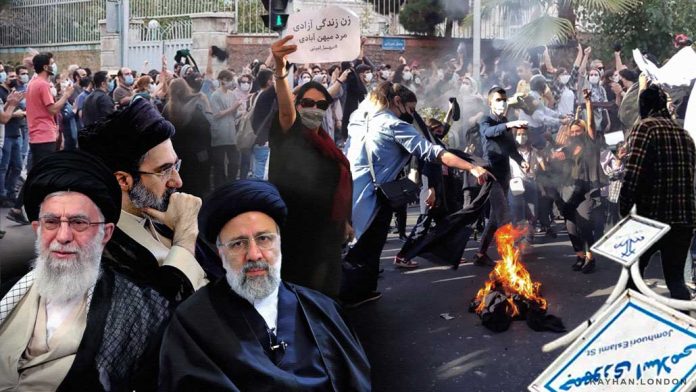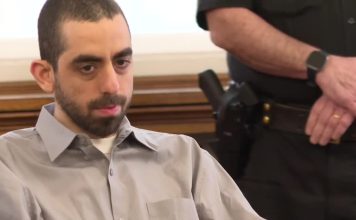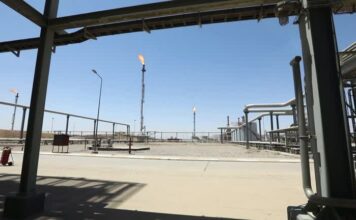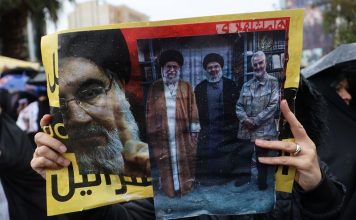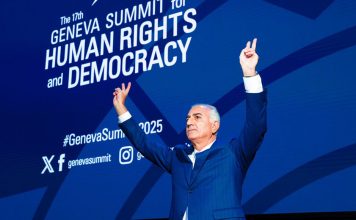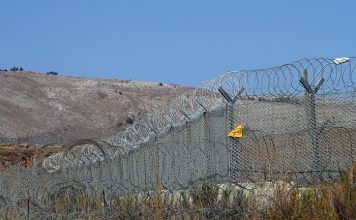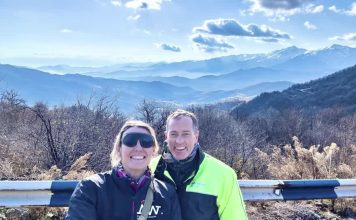DUBAI, Sept 11 (Reuters) – Iran‘s clerical rulers faced the boldest protests in years when young Iranian Kurdish woman Mahsa Amini died last year in the custody of the morality police who enforce strict dress codes.
Following are some of the events since her arrest.
Sept. 13 – Mahsa Amini, from Iran‘s Kurdistan region, is detained by morality police in Tehran for allegedly violating the Islamic Republic’s strict dress code.
Sept. 16 – Amini dies in a Tehran hospital after falling into a coma. Authorities say she suffered a heart attack after being taken by to a station to be “educated”. Her family deny she had any heart issues. Protests begin on social media. President Ebrahim Raisi demands an investigation.
Sept. 17 – Protests erupt during Amini’s funeral in her home town Saqez and spread to the provincial capital and other cities across the country. Chants of “Death to the Dictator” are heard, with some women taking off and burning headscarves.
Sept. 19 – Protests intensify. Security forces and demonstrators clash in some cities in Kurdistan province.
Sept. 20 – An aide to Supreme Leader Ayatollah Ali Khamenei visits Amini’s family to pay condolences, says Khamenei was pained by her death.
Sept. 21 – Authorities curb access to Instagram and WhatsApp. Official sources confirm eight deaths in the unrest.
Sept. 22 – Raisi says “acts of chaos” are unacceptable. The U>S. imposes sanctions on Tehran’s morality police.
Sept. 23 – The state organises rallies in several cities with marchers calling for protesters to be executed. The army vows to “confront the enemies’ various plots”.
Sept. 24 – After accusing armed dissidents of involvement in the unrest, the elite Revolutionary Guards carry out the first of several attacks on Iranian militant opposition bases in the Kurdish region of northern Iraq.
Sept. 30 – In the deadliest day since protests started, Amnesty International says security forces killed 66 people, including children, in Zahedan in a crackdown after Friday prayers. State TV says militants had fired on a police station, prompting a shootout. The Guards say five of its forces and the Basij are killed.
Oct. 3 – Khamenei backs the security forces. He says Amini’s death “deeply broke my heart”, alleges it was provoked by Iran‘s enemies. Iranians from all walks of life in several cities chant “We want regime change” and “death to Khamenei”.
Oct. 7 – A coroner’s report denies Amini died from blows to the head and limbs while in custody, linking her death to pre-existing conditions.
Oct. 10 – Protests spread to Iran‘s energy sector, according to reports on social media showing workers at Abadan and Kangan oil refineries and Bushehr Petrochemical Project demonstrating.
Oct. 15 – A fire breaks out in Tehran’s Evin prison, where many political and dual-national detainees are held, and witnesses report hearing gunfire. The judiciary later says eight people died in the unrest. Sources tell Reuters trouble broke out after riot police began patrols.
Nov. 14 – French President Emmanuel Macron characterises the protests as a “revolution” and says the crackdown makes it harder to revive Iran‘s 2015 nuclear deal with world powers
Nov. 21 – Iranian World Cup squad declines to sing national anthem, backing protests.
Dec. 4 – Public prosecutor says morality police have been shut down. Authorities say the hijab law will be enforced through other methods.
Dec. 8 – Iran hangs a man convicted of injuring a security guard with a knife and blocking a Tehran street, the first such execution over the unrest.
Dec. 12 – Iran carries out a second execution linked to the unrest.
Feb. 5 – Khamenei pardons “tens of thousands” of prisoners, including some protesters but excluding those accused of “corruption on earth”, “spying for foreign agencies” and “affiliated with hostile groups”.
Feb. 5 – Rights groups say over 500 have been killed in the state crackdown against protesters, including 71 minors.
March 3 – Raisi blames a wave of poisoning of hundreds of schoolgirls across the country on Tehran’s enemies. Protests erupt the next day over the alleged poisoning.
March 7 – Iran says at least 53 members of security forces were killed during the protests.
May 19 – Iran executes three men over charges linked to unrest.
July 16 – Iran‘s morality police resume hijab street patrols
Iranian Authorities Arrest Women Activists, Suspend Professors Ahead of Amini Anniversary
Prince Reza Pahlavi : ‘The Alternative to the Islamic Republic is the Iranian nation’
‘I Want To Live Freely In My Country,’ Reza Pahlavi Tells French Quarterly
OPINION: The Solution to the ‘Iran Problem’ is Regime Change
(Compiled by Tom Perry and Parisa Hafezi, Editing by William Maclean)

